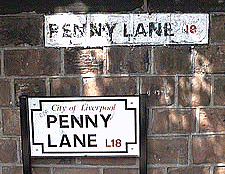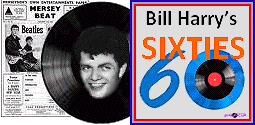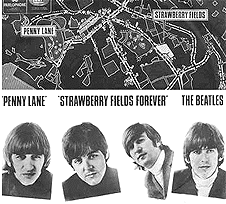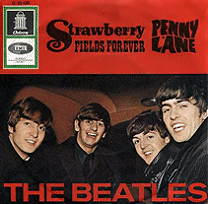 PENNY LANE by Bill Harry |
Parlophone R5570 - Produced by George Martin A song penned by Paul in the autumn of 1966 when The Beatles had decided to make a concept album inspired by their childhood in Liverpool. Digging into their memories, Paul produced ‘Penny Lane’ and John composed ‘Strawberry Fields Forever’. When the time came for the song to be recorded, Paul had the number completely finished and had drafted out a rough arrangement for the brass section. Paul commented: “Penny Lane is a bus roundabout in Liverpool, and there is a barber’s shop showing photographs of every head he’s had the pleasure to know – no, that’s not true, they’re just photos of hairstyles, but all the people who come and go stop and say hello. There’s a bank on the corner, so we made up the bit about the banker in his motor car. It’s part fact, part nostalgia for a place, which is a great place, blue suburban skies as we remember it, and it’s still there. And we put in a joke or two: ‘Four of fish and finger pie.’ The women would never dare say that, except to themselves. Most people wouldn’t hear it, but ‘finger pie’ is just a nice little joke about the Liverpool lads who like a bit of smut.” |







